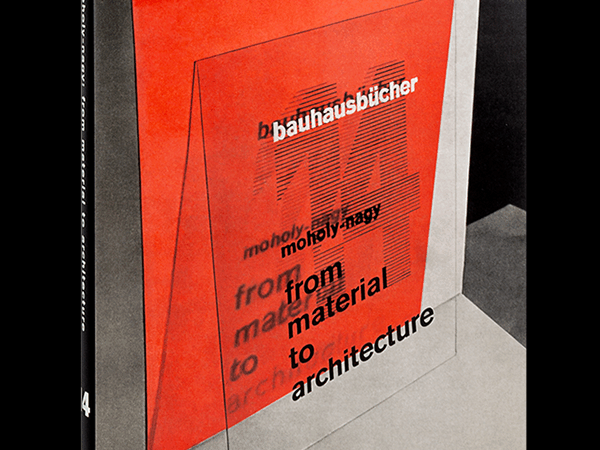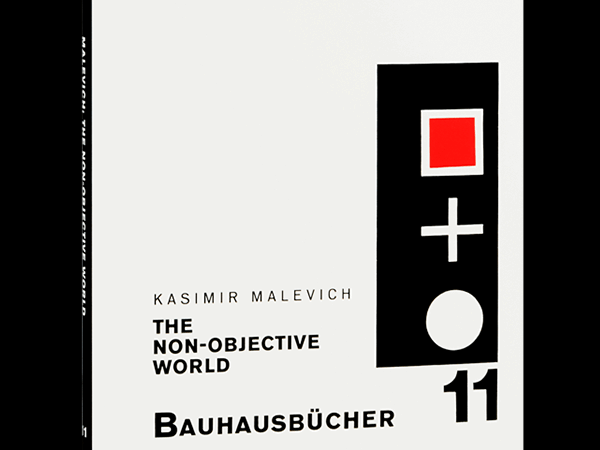The architectural firm Shinsoken (“New Material Research Laboratory”), founded in 2008 by artist Hiroshi Sugimoto and architect Tomoyuki Sakakida, takes as its mission statement the paradox inherent in its name:
Notwithstanding its name, New Material Research Laboratory examines materials from ancient and medieval times and focuses its activities on reinterpreting and reimagining the use of these materials in the present.
Old is New, from Lars Müller Publishers, documents the studio’s impressive body of work from the past 13 years. In texts arranged geometrically alongside a generous spread of interior and exterior photos, the studio’s founders discuss their approach to architecture and design, giving particular attention to the use of old (or even ancient) materials and traditional techniques. Japanese modernism, the authors argue, is not far removed from traditional Japanese architecture, in that the former was directly influenced by the latter, not only in Japan but globally. Modernist champions from Mies van der Rohe to Frank Lloyd Wright were unabashedly influenced by traditional Japanese aesthetics. Sugimoto gives the example of flat, unadorned walls, which suggest modernity in the West (where constructions of past centuries used stone, brick, or exposed beams) but have been a prominent feature of Japanese buildings for centuries and even millennia.

Images © Hiroshi Sugimoto / Sugimoto Studio
Furthermore, still-surviving techniques of traditional craftsmanship as a whole in Japan provide a rich source for those looking to bring the past into the present. Japanese artisans continue working in methods that are firmly rooted in the past (though there are fewer every year, as Sugimoto wistfully points out). These traditions are often hyper-regional, and frequently focus on a single specialized material matched with a particular technique, such as the specialized cutting of Oya stone in subterranean quarries or the exceedingly delicate splitting of Kurobe cedar along the grain.
Additionally, in many of Shinsoken’s works it’s not uncommon for the materials used to have been salvaged from ancient sites and reworked in the same way they once were centuries before. This becomes a strict necessity in certain cases, such as when working with the exquisitely rare Yakusugi cedar, which grows only on Yakushima island and is no longer allowed to be directly harvested. While many such salvaged materials would be impractical to obtain at a larger scale, not to mention prohibitively expensive for most clients, the overall approach nonetheless offers a glimmer of hope for those looking to make architecture more sustainable in the 21st century.

Another notable example of a traditional technique put into use by Shinsoken is that of “black plaster”, in which charcoal powder is mixed into plaster, giving it a deep, churning gray-black patina that is not unlike a cloudy night sky. This technique is, paradoxically, both utterly striking when used on interior walls (as in the MOA Museum of Art) and exceedingly difficult to photograph – the background image of the book’s cover captures this very effect, and is so subtle as to appear as a trick of the light or a simple variation in an intended black matte surface.
After a longish introductory section showcasing Sugimoto’s overall portfolio, both with and apart from Shinsoken, the book transitions into a more focused central section, “Materials and Techniques.” Unlike the first section, which is organized by project, this second is grouped thematically under minimalist headings such as “Stone”, “Wall”, and “Garden”. The book truly hits its stride here, and places Shinsoken’s practice into a thousand-year history of craftsmanship that is intricately intertwined with the natural world. While the photos in this section are still primarily of the studio’s own projects, they focus more on details: stepping stones, interlocking planks, sunlit bamboo groves at the edges of rock gardens. The photos also break from the standard architectural-photography approach of using generally neutral sunlight, and show the projects at various times of day and in diverse weather conditions.

The strong continuum between the traditional and modern in Japan should not, however, be taken to mean that practitioners of the latter need only study the former. Shinsoken’s works contain numerous examples of modern (and arguably, postmodern) practices, from their explicit embrace of Duchamp-esque readymades (in particular, their charming “broom fences” made of low-cost Chinese brooms) to the striking metallic mathematical models that appear across numerous sites. These flourishes provide determinism and whimsy in equal measure, offering striking visual accents to sites that might otherwise be overly delimited by minimalist lines and planes. The studio’s forthcoming project for Treasure Island (in the San Francisco Bay Area) takes the quadratic-based mathematical model found in various earlier projects – an evocation of infinity, in which lines grow infinitely closer without ever touching – and expands it to a truly monumental twenty-one-meter height, a vast scale that makes conceiving of the infinite the slightest bit more possible.
While reclaiming the materials of past centuries for the present has certainly been a noble (as well as lucrative, judging by the scope and scale of their commissions) approach for Shinsoken, the bigger question is what their ongoing work means for the future. Sakakida gives a hopeful take on this in an eloquent passage about Enoura Observatory:
These days, buildings are all too often at their most beautiful the moment when they are handed over to the client. As time passes, however, they deteriorate fast. Here we tried to create a building that does not just resist the ravages of time, but actually grows more beautiful because of them.

© Odawara Art Foundation / photo Shin Suzuki
Old is New: Architectural Works by New Material Research Laboratory
Hiroshi Sugimoto and Tomoyuki Sakakida
Lars Müller Publishers
English, Hardcover / 400 pages, € 55




